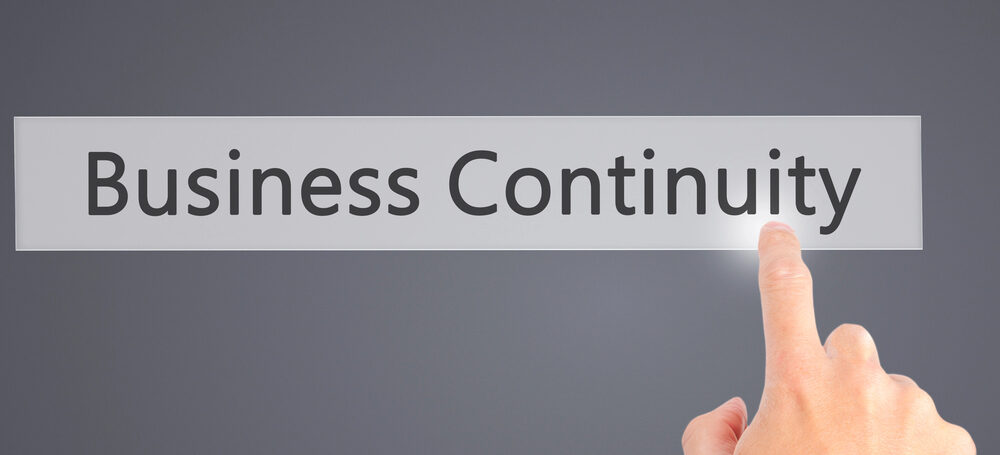Picture owning the busiest coffee shop in town. Every morning, your regulars line up to get their coffee, but one day a storm hits and knocks out the power, leaving your cafe in the dark; even worse, a cyberattack disrupts your billing system, causing a long line of upset customers.
Unexpected problems can hit any business at any time. One moment, you’re enjoying success; the next, you’re facing a crisis that could cause chaos for your business. Don’t let this happen to you.
In this article, we’ll guide you through the main steps to putting together a Business Continuity Plan (BCP) that helps your business keep going, even during a crisis.
Essential steps for and effective business continuity planning
Here’s how to stay strong during any challenge:
Figure out what’s most important for your business and focus on that.
Identify the key things your business needs. Make sure you know what’s crucial and understand how sudden problems might impact these essential parts.
For instance, if you own a coffee shop, making coffee and serving customers are key parts of your business. You need to know how a business interruption could affect these areas. Similarly, you need to make sure your kitchen runs smoothly and that you always have enough coffee.
Make a detailed plan.
Give your team clear, step-by-step instructions on what to do if something goes wrong. The goal is to reduce downtime, so it’s important to assign tasks to team members to handle problems effectively.
For example, if you own a bakery and your oven breaks down, you need to have a plan in place for handling orders and letting customers know about the delay. Assign specific roles to your team for getting the oven repaired or communicating with customers.
Use the latest tools to keep your business data safe.
Some tools can automatically back up your data and save it to the cloud, so you can get it back when needed. You can also use failover systems to switch to backup systems that take over if something goes wrong.
For example, if you own a gym, you can regularly save your membership records to the cloud. This way, you can always access them if something goes wrong. Also, you might keep an extra Point of Sale (POS) device in case your main one stops working.
Train your staff and check their readiness
Regularly practice mock scenarios to help your team prepare for emergencies. This will test how well your BCP and your team work together. Use these tests to update and improve your plan as needed.
For example, restaurant staff should be well-trained on how to deal with kitchen fires. Likewise, waitstaff should know how to use backup billing machines and manage customer orders if something goes wrong.
Involve key people
Make sure to get feedback from your managers and important staff members. For your BCP to work well, it’s important to keep everyone informed when you make updates or changes.
For example, your cafe staff might have useful ideas for your BCP. It’s important to keep them informed about any changes so everyone stays on the same page.
Keep an eye on things and make improvements.
Technical issues can happen anytime, so regularly check for possible problems. After any disruption, ask your staff and customers for feedback to make your plan better.
For example, in a cafe, coffee machines and billing systems are essential. Make sure to regularly check these machines for problems. Use any issues as a chance to improve by getting feedback from customers and staff.
Keep continuity planning simple
Implementing a business continuity plan can be challenging, especially if you’re managing everything on your own. That’s where an experienced IT service provider can help. We can assist with identifying important business functions, setting up backup systems, and running regular tests to guide you through the process.
The Claritech team will make sure your BCP works well and fits your business needs. Click here to dowload Claritech’s checklist today.




